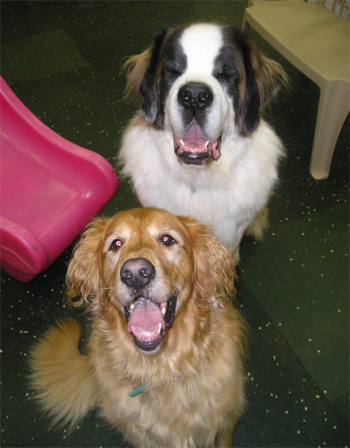 |
 |
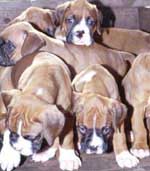 |
 |
 |
 |
|
|
|
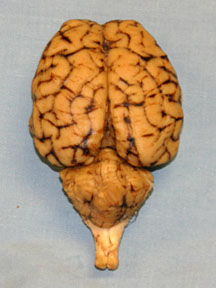 |
dorsal view of a preserved sheep brain |
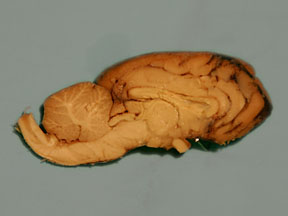 |
transected sheep brain (preserved) |
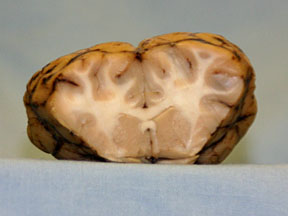 |
cross section of the cerebrum of a preserved sheep brain |
| The cerebrum is the largest, most
rostral part of the brain. It is the center of higher learning and
intelligence. | |
| The cerebellum is located just caudal
to the cerebrum. It does not initiate any body movements, but it
serves to smooth out and coordinate movements initiated in the
cerebrum. | |
| The diencephalon (the "between brain")
is located between the cerebrum and the brain stem. | |
| The brain stem is the most primitive part of the brain. It contains the centers that control basic body functions such as breathing, cardiac function, and digestive tract function. |
The spinal cord is the caudal continuation of the brain stem down through the spinal canal formed by the arches of the vertebrae.
| Spinal cord drawing | |
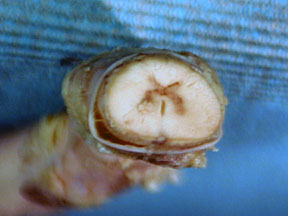 |
cross section of a preserved sheep spinal cord |
| spinal cord (microscopic) |
Between each set of vertebrae, spinal nerves carry information out to and in from the rest of the body.
The meninges are protective connective tissue membranes that cover the brain and spinal cord.
From the outside in they are the tough dura mater, the lacy arachnoid, and the delicate pia mater.
| meninges (microscopic) | |
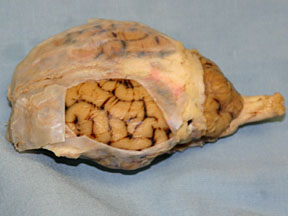 |
dura mater cut to expose the brain (preserved sheep brain) |
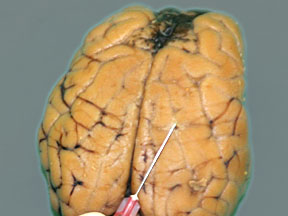 |
pia mater tightly adhered to the cerebral tissue (preserved sheep brain) |
Cerebrospinal fluid (CSF) fills spaces inside the CNS (the ventricles of the brain and the central canal of the spinal cord) and the subarachnoid space around the outside. The CSF has a role in CNS metabolism, but it also serves as a fluid shock absorber for the CNS.
The blood-brain barrier prevents movement of many molecules into the cns.